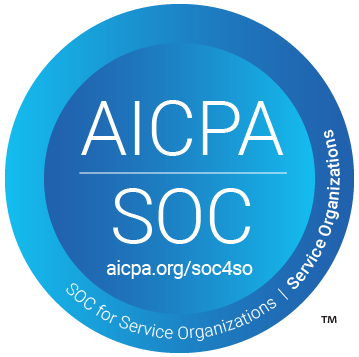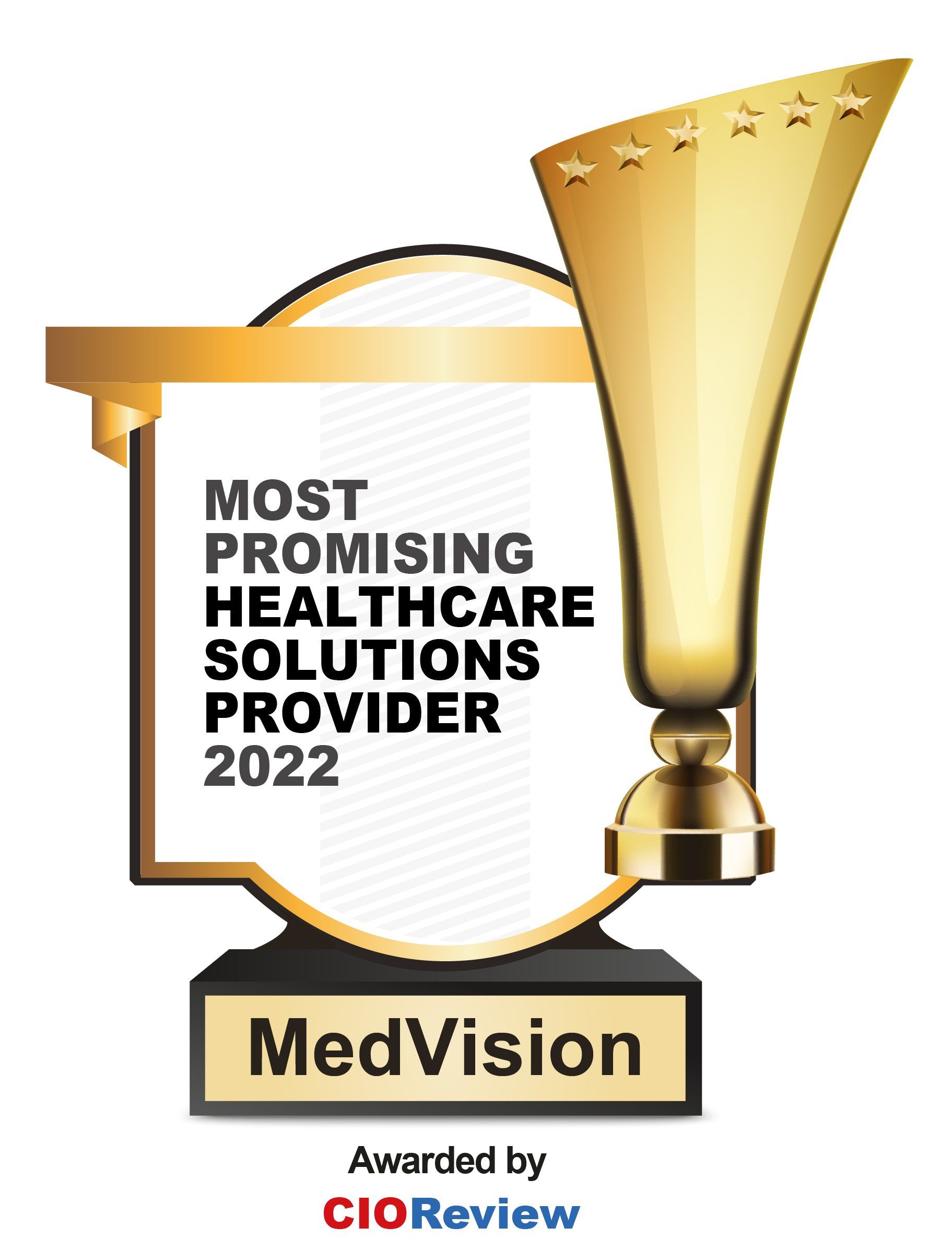Decoding Value-Based Care Models: Assessing Advantages and Drawbacks

In the past years, healthcare has been shifting from traditional fee-for-service models to value-based care. While this seems surprising, the relatively new system has proven to be the most cost-effective method of providing quality healthcare.
Value-based care maximizes diagnostic tests, prescriptions, treatments, and other healthcare services to avoid redundancy and ensure that the cost of providing these services is managed to a minimum.
Understanding the intricacies of value-based care models is vital for healthcare professionals and imperative for organizations navigating the complexities of modern healthcare delivery. It is essential for healthcare professionals as they prioritize quality of care, cost efficiency, and patient-centered approaches.
Since the value-based care model’s main goal is to cut costs without jeopardizing the quality of healthcare, it incentivizes providers to collaborate and align services with the patient’s goals and preferences. The system could be complicated because of so many moving parts and that is why management software such as MedVision’s QuickCap v7.0 eases this burden on healthcare organizations.
As we learn about the value-based care model, let’s explore its details including its benefits and drawbacks.
Take the Lead in Value-Based Care!
Understanding the Value-Based Care Model
Value-based care fundamentally revolves around delivering high-quality care while controlling costs. Unlike traditional fee-for-service models, where providers are paid based on the volume of services rendered, value-based care models reward providers based on the quality, efficiency, and effectiveness of care delivery.
Various models exist within the realm of value-based care, each with its unique characteristics:
1. Pay-for-Performance (P4P)
In P4P models, healthcare providers are financially rewarded for achieving predefined performance targets, such as meeting quality metrics or improving patient satisfaction scores.
2. Accountable Care Organizations (ACOs)
ACOs represent a collaborative approach to healthcare delivery, where networks of providers work together to manage the health of a defined patient population. By assuming responsibility for the quality and cost of care provided to their patients, ACOs promote care coordination, preventive care, and population health management.
3. Bundled Payments
With bundled payment models, a single payment is made for all services related to a specific episode of care, such as a surgical procedure or chronic disease management. This encourages efficiency and collaboration among providers.
4. Capitation
In capitated payment models, healthcare providers receive a fixed payment per patient per period, regardless of the services rendered. This model emphasizes preventive care and population health management.
Read more:
Value-Based Care Models Explained: ACOs, PCMH, and Beyond
Pros and Cons of Value-Based Healthcare

In navigating the landscape of healthcare delivery, understanding the pros and cons of value-based healthcare is essential. While this approach offers benefits such as improved patient outcomes and cost savings, it also poses specific difficulties.
Advantages of the Value-Based Care Model
1. Improved patient outcomes
By aligning financial incentives with quality of care and outcomes, value-based care models have demonstrated the potential to enhance patient outcomes. Benefits include reduced hospital readmissions, improved chronic disease management, and higher patient satisfaction.
2. Cost savings
Providers are incentivized to deliver cost-effective care and avoid unnecessary tests, treatments, and hospitalizations, leading to more savings for patients, payers, and the healthcare system.
3. Enhanced care coordination
Collaborative care models, such as accountable care organizations (ACOs), foster communication and coordination among healthcare providers across the care continuum while emphasizing patient engagement.
Through information sharing, service coordination, and incentive alignment, the value-based care model fosters smooth transitions of care, reduces unnecessary tests or procedures, and, ultimately, enhances the overall patient experience.
4. Incentivizing preventive care and population health management
Value-based care models shift the focus from treating individual patients to managing the health of entire populations. Providers proactively address the underlying causes of health issues, implement preventive measures, and promote healthy behaviors, improving population health outcomes and reducing healthcare disparities.
Unlike fee-for-service models, where providers are reimbursed based on the volume of services they deliver, value-based care models align financial incentives with the quality and outcomes of care. This encourages providers to prioritize value over volume and rewards them for delivering high-quality, cost-effective care.
Disadvantages of Value-Based Care Model
1. Implementation challenges
Transitioning from fee-for-service to value-based care can be complex and resource-intensive. Healthcare organizations may encounter technological limitations, resistance to change among providers, and uncertainty regarding financial incentives.
2. Financial risks for healthcare providers
Value-based care introduces financial risk for healthcare providers, particularly in models where reimbursement is tied to performance metrics. Providers may need help to meet targets or bear financial losses if they fail to achieve desired outcomes.
3. Potential for cherry-picking patients
There is a concern that healthcare providers may selectively enroll healthier patients or avoid those with complex medical needs, as they may be perceived as more costly to manage.
4. Data infrastructure and interoperability issues
Effective implementation of value-based care relies heavily on robust data infrastructure and interoperability among different healthcare systems.
However, many organizations face challenges related to data silos, incompatible electronic health record systems, and data security concerns.
Read more:
Enhancing Quality and Efficiency in Value-Based Care with PHOs
Unlock the Potential of Value-Based Care Models with QuickCap!
Transitioning to value-based care models in healthcare is a significant step forward, albeit with its challenges. Despite these obstacles, the benefits are clear:
- Improved patient engagement and care
- Reduced costs
- More efficient collaboration among healthcare providers
MedVision's QuickCap v7.0 (QC7) is designed to ease this transition by providing user-friendly software tailored to healthcare organizations' needs. QC7 facilitates better team communication and data sharing, enhancing patient care and engagement.
It also offers customizable reports to track organizational performance and ensure compliance with regulations like HIPAA. As value-based care becomes more prevalent, QC7 is a valuable tool to help organizations thrive in this new healthcare landscape.
In summary, while transitioning to value-based care presents challenges, the advantages are substantial. QuickCap v7.0 is crucial in managing these changes effectively, ensuring that healthcare groups can provide optimal care while navigating this evolving healthcare model.
Take the Next Step Towards Better Healthcare Delivery!
Recently published articles
Keep in touch
Subscribe to get the latest update
Trending topics
Share your insights on social media
Upcoming events and company news















